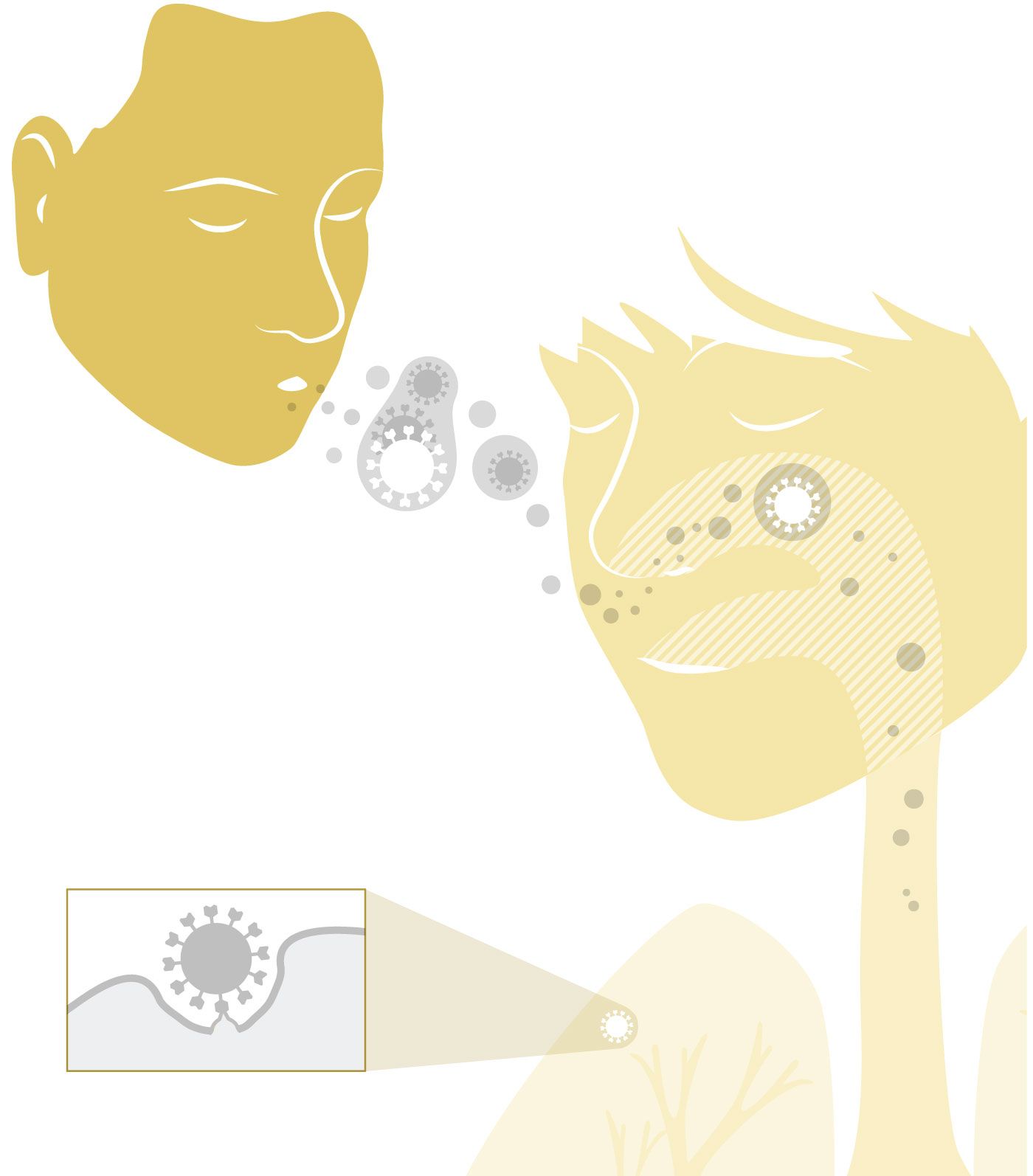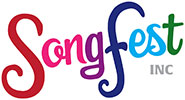WA Community Choirs and COVID
A discussion paper with resources
Colleen Dixon and Tim Fisher
SongFest Inc is a not for profit organisation with the aim of promoting community singing in Western Australia. To date, SongFest’s most visible work has been in organising or facilitating festivals for singing groups.
Suddenly, and quite unexpectedly, the COVID pandemic seriously challenges community singing in WA, as everywhere. The aim of this document is to share information relevant to directors and managers of choirs to assess how they could resume live rehearsals. It also presents ideas that may assist choir managers to decide whether, when and how to resume rehearsals. The discussion will be ongoing as the virus’ spread is managed in WA and as more information comes to light about the virus in general and its relationship to singing.
This document is not intended as scientific or medical advice. We cannot find any studies that are directly related to the spread of COVID by group singing activities. Consequently there is no certainty or assurance of safety that can be given to participants in group singing. In fact, quite the opposite. Singing, like most activities, represents a risk of virus spread.
Does that mean that community singing needs to come to a halt in WA until a vaccine is developed? Singers who are vulnerable to complications from COVID infection may well decide so. Others may decide to sing. Singers can evaluate risks from an informed position and act to maximise their chances of avoiding infection and infecting others when they do rehearse.
Higher risk people
Singers who fall within the high-risk categories for complications with COVID need to decide if they should undertake any high-risk contact activities, including singing. Group rehearsals in any circumstances will entail some level of risk. Details of high-risk people are detailed in the link below for your information.
https://www.health.gov.au/news/health-alerts/novel-coronavirus-2019-ncov-health-alert/advice-for-people-at-risk-of-coronavirus-covid-19/coronavirus-covid-19-advice-for-older-people
Risks that may be associated with singing rehearsals and events and the basis for this association
We note the concern regarding group singing based upon a number of clusters identified in several countries where singing groups, rehearsing without precautions or with partial precautions, experienced very high levels of cross-infection attributed to a single rehearsal. The CDC report into the Washington choir cluster can be read here https://www.cdc.gov/mmwr/volumes/69/wr/mm6919e6.htm
This has led health authorities to believe that some aspect of the “normal” singing can make singers “super spreaders”. The exact mechanism is not known. It may be a combination of:
- greater proportion of droplets and aerosols (which can contain the virus) by singing compared to talking
- Larger numbers of people generating thermal mixing of the air in the rehearsal space which spread the aerosols throughout the space to a greater extent
- Aspects of the volume of the rehearsal space, the extent to which singers are facing each other, the amount of natural ventilation, use of air conditioning recirculating air and impact of overhead fans
- The age of the singers
- The relatively long period of contact across a rehearsal
- Socialisation and refreshments associated with tea breaks
The WA Health Department have been approached directly by ANCA regarding the health risks of singing. The advice received from Dr Revle Bangor-Jones Coordinator – (WA) Public Health Emergency Operation Centre was;
“Phase 3 of the COVID-19 WA roadmap allows for indoor and outdoor gatherings of up to 100 people at any one time, per single undivided space, and applying the revised two square metre per person capacity rule. School choirs in WA have recommenced.
Everyone is encouraged to continue to practice physical distancing and good personal hygiene and minimise the use of any shared equipment. Shared equipment should be cleaned between use.”
This indicates that singing isn’t considered by WA Public Health to be special as an activity at this stage.
Other studies have been conducted into the viability of the virus on various surfaces and environments. The first here: https://www.nejm.org/doi/full/10.1056/NEJMc2004973
The second has not been published but was reported in a govt briefing in April. https://www.nytimes.com/2020/04/24/health/coronavirus-summer-ultraviolet-light.html
Relevant data includes:
Research on the longevity of the virus on surfaces and in the air indicates that dark, cool, dry environments maximise the viability of the virus while exposure to sunlight and humidity dramatically reduces the half-life of the virus. The use of cleaning agents which destroy the fatty layer surrounding the virus are the most effective.
The use of masks or other PPE to prevent spread may also play a part in a mitigation strategy. The WHO advice can be viewed here https://www.who.int/emergencies/diseases/novel-coronavirus-2019/advice-for-public/when-and-how-to-use-masks
The effectiveness of masks is impaired by the duration of use (30 minutes is considered an upper bound beyond which the buildup of moisture on the mask enables aerosols to be generated through the mask), touching the mask with hands, incorrect removal and application (by the straps, not the fabric) and by the volume of air generated by the user.
Risk Mitigation
Groups with singers who are prepared to accept the level of risk associated with group singing will want to act to maximise the protection of their close contacts should their singing activity ultimately result in an infection.
A key tool to mitigating the risk of infection of close contacts of singers is to utilise the COVID Safe App or for choirs to keep a record of all rehearsal attendees. In Australia we have bought time through our national lockdown to enable us to prepare and boost our testing and contact tracing capability. Our ability to gather together with reduced social distancing and open our community to the rest of the country and to the world, depends on rapid identification and isolation of new infections and isolation of all close contacts. This process will be greatly enhanced by the adoption of the app and singers can lead the way to assist widespread acceptance of our “high-risk” activity.
Factors which may help reduce infection risk during rehearsal may include:
- Higher spacing between singers.
- Participant numbers – other mitigation strategies can be enhanced as numbers increase. For instance, making some rehearsals sectional only would limit the number of times the whole group comes together.
- Outdoor rehearsals — these offer the benefits of natural ventilation and sunshine, which has been shown to reduce the viral load.
- Shorter Singing aspects of the rehearsal could be focused.
- Separate singing and socialising: Non-singing aspects of the rehearsal could be conducted in a different space. Groups can avoid conducting refreshments in the rehearsal space. Practice high levels of personal hygiene around all sharing of food, drink and utensils.
- Practice hand hygiene before and after singing phases of the rehearsal.
- Chairs can be set out, stacked and cleaned by a small number of people practicing social distancing rather than having everybody congregating and milling around.
- Singers who are at high risk of serious outcomes with COVID face a difficult period in terms of live singing. Consider streaming the group’s rehearsals and having high risk members participate on a screen in the rehearsal space.
Some final thoughts: Western Australian conditions
At the time of writing there is little risk in live rehearsals because in WA we have almost no COVID community transmission. However, this is a marathon, not a sprint. The virus may represent a health risk for years to come. A plan to keep singing when modest levels of community transmission are identified is a key goal that choirs should consider. Do you stop as soon as community transmission is detected or does your group bring in some additional mitigation measures and keep singing together?
Other choir organisations around the world are still seeing significant community transmission and may still be some way from getting back to live rehearsals. Can we develop approaches here which will help choirs in other countries get back to singing together?







